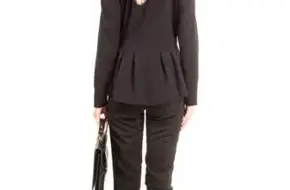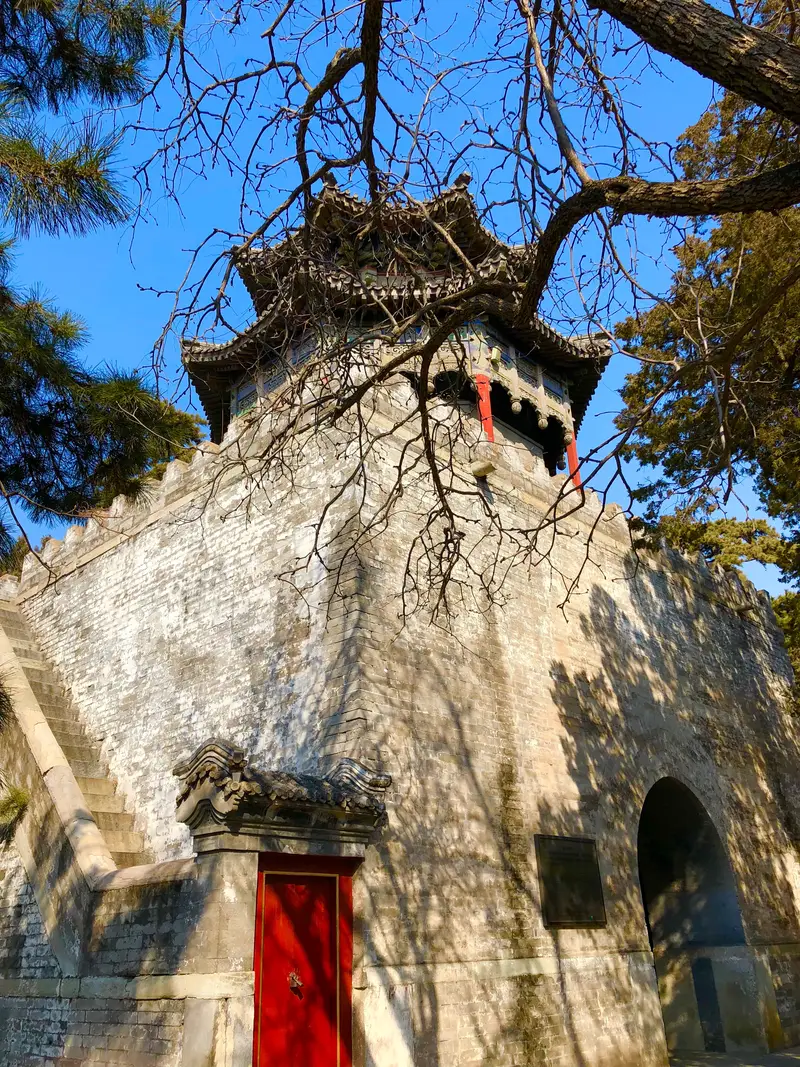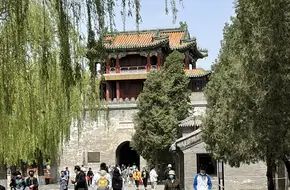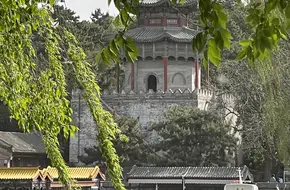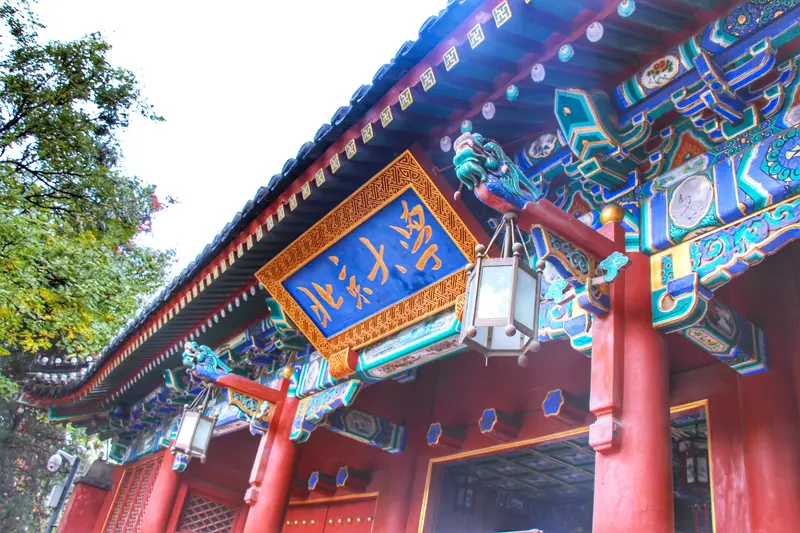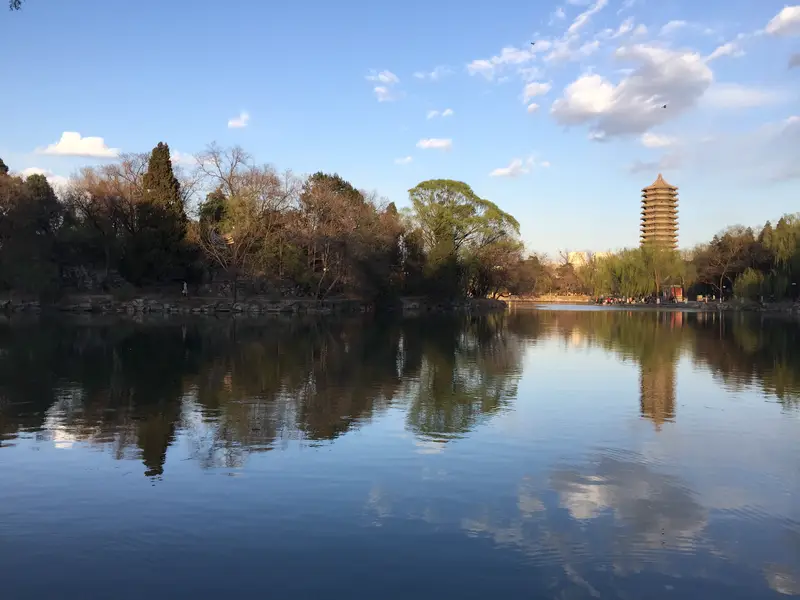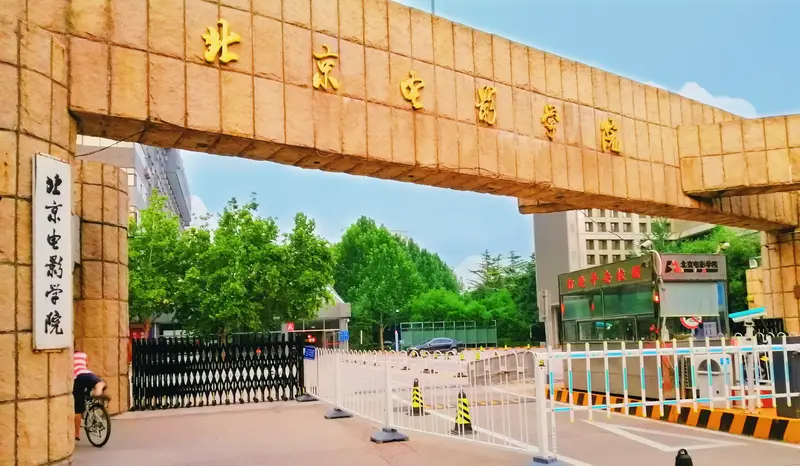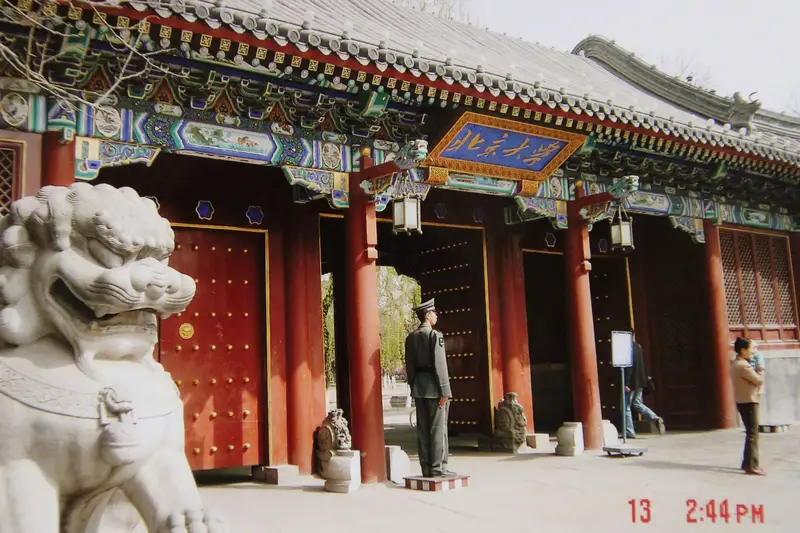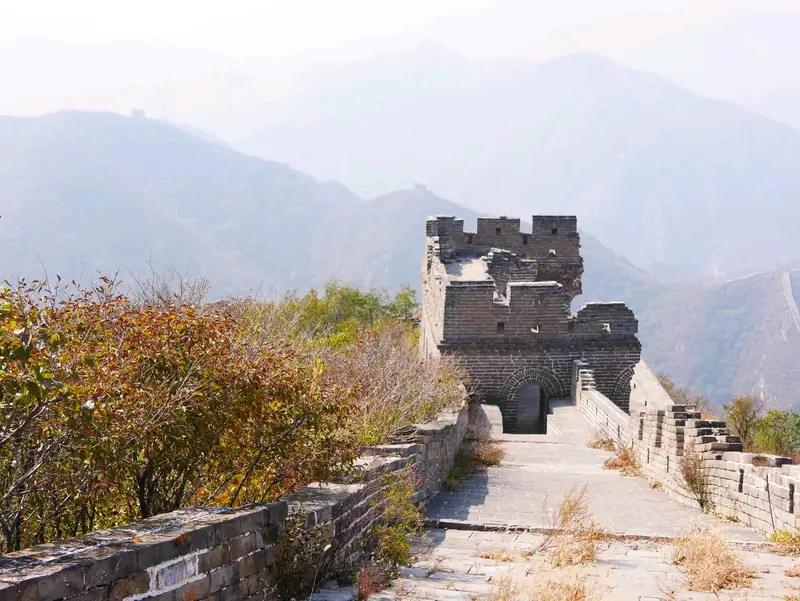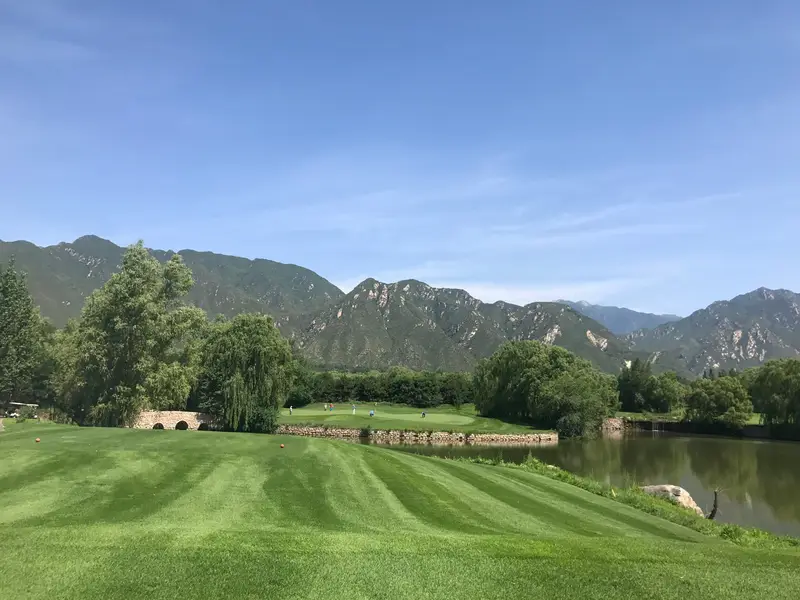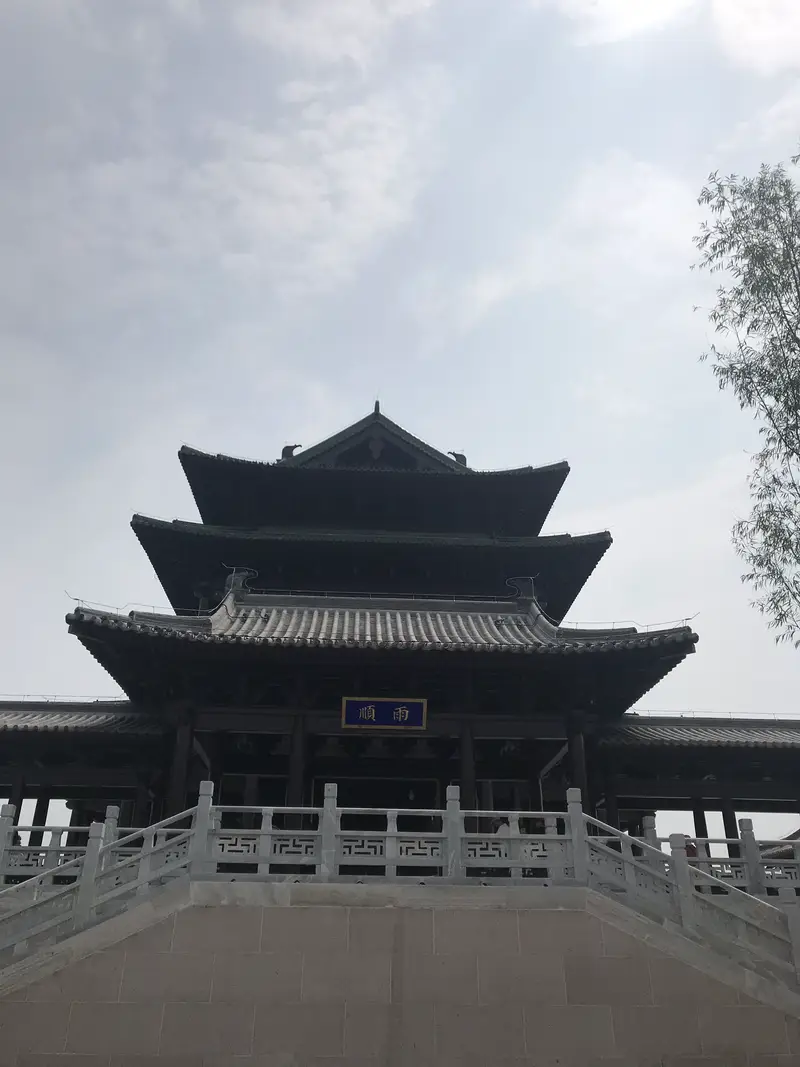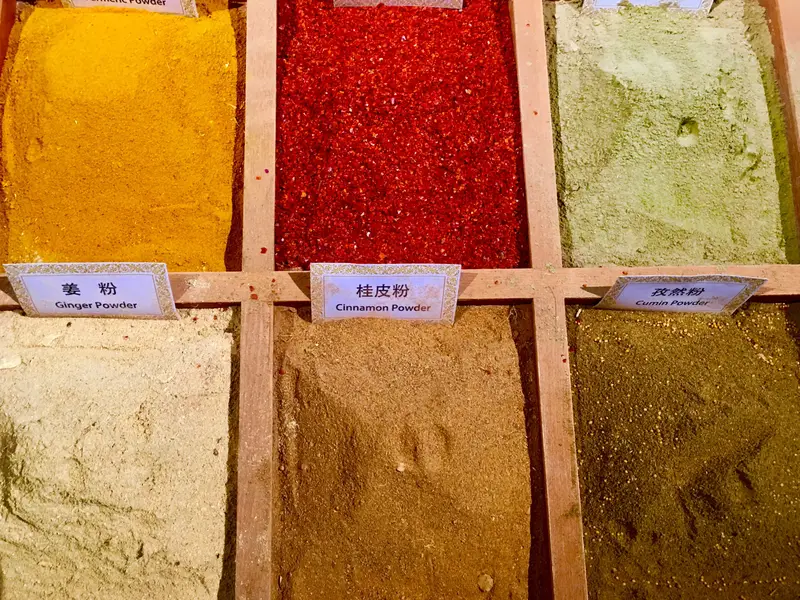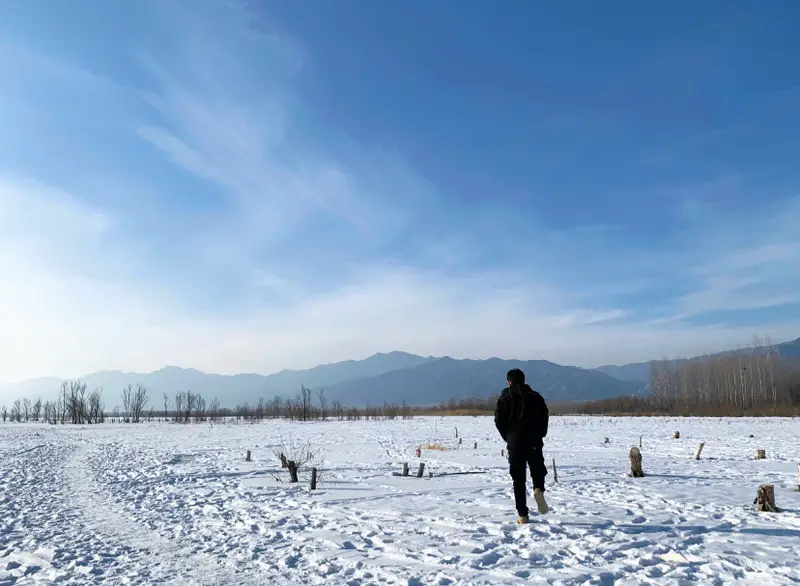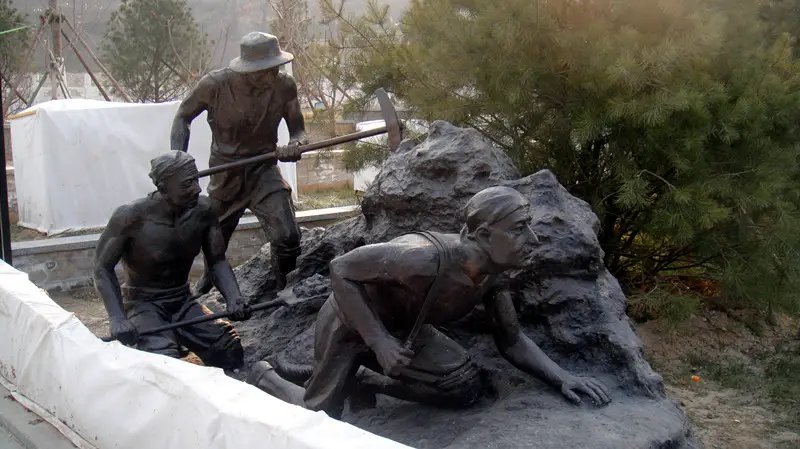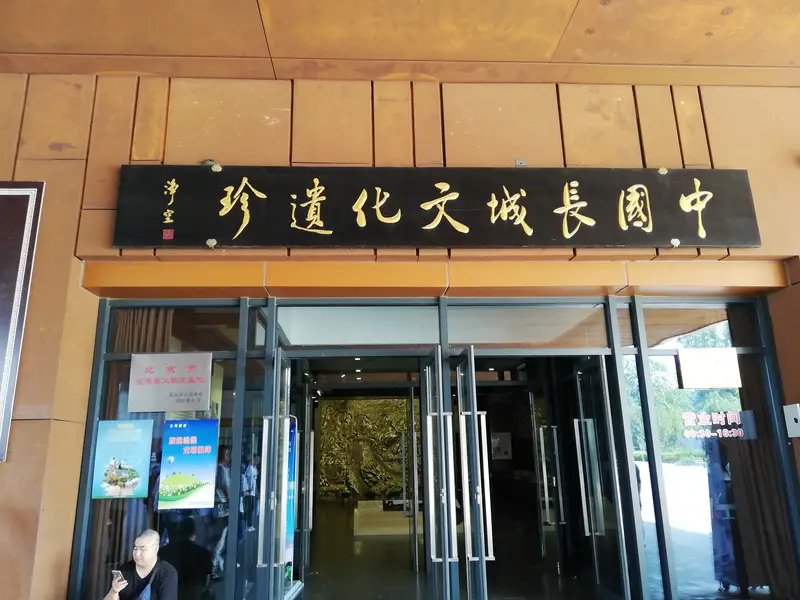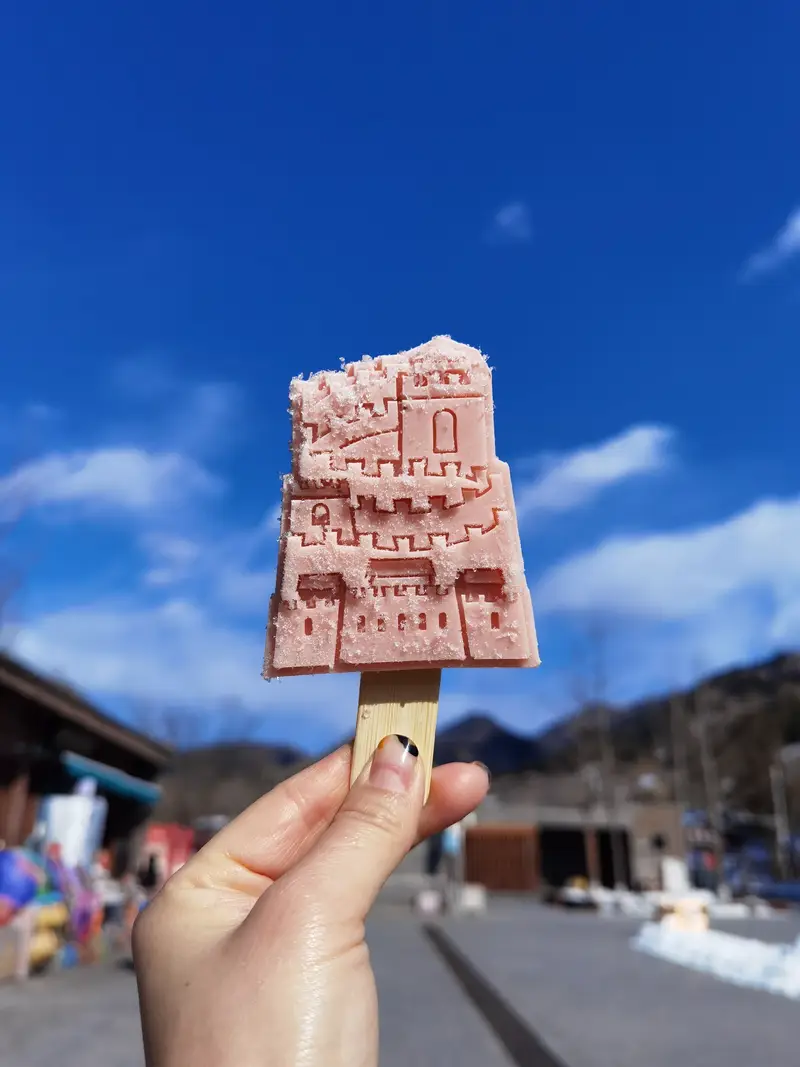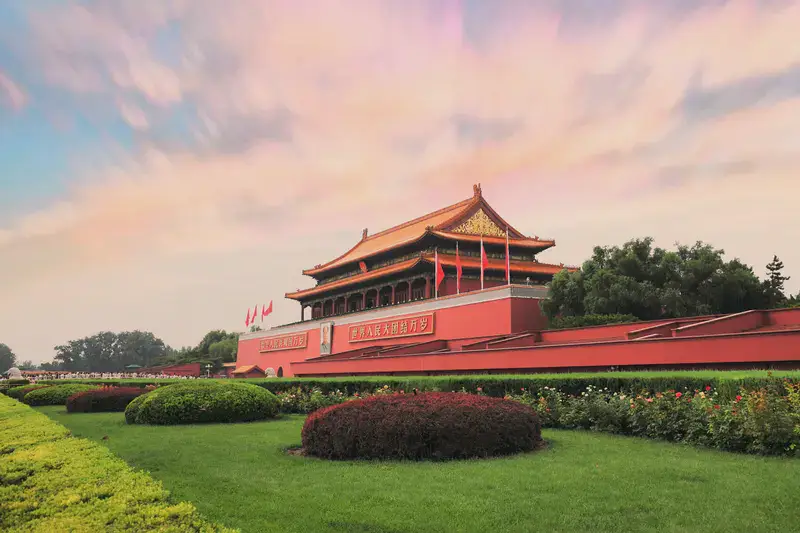Suyunyan Pass sits quietly in the northwestern corner of the Summer Palace, Beijing. This hidden gem is nestled at 19 Xinjian Gumen Road, Haidian District, just a stone’s throw from the palace’s western entrance. To reach it, take metro line 4 to Beigongmen Station, then walk 10 minutes through the palace’s lush gardens. If driving, park near the New Palace Gate and follow the winding paths toward the west—trust me, the journey is worth it!
Natural Scenery: A Blend of Trees and History
What makes Suyunyan Pass special? Imagine this: a centuries-old ancient pine tree stands guard outside the gate, its twisted branches stretching like natural sculptures. This tree survived since Emperor Qianlong’s era (1736–1795) and adds a “nature滤镜” to the historic site. Walk closer, and you’ll spot Suyunyan itself—a small, moss-covered city gate half-hidden among trees. The path to it winds through wooden railings, feeling like a secret trail through a fairytale forest.
Cultural Significance: Warriors and Scholars
This isn’t just any old gate. Back in the Qianlong period, Suyunyan Pass was the west entrance to the Summer Palace, controlling access to the lakeside. Inside the gate, there used to be a shrine for General Guan Yu (a warrior god in Chinese culture). Fun fact: this gate and the Wenchang Pavilion on the east side of the palace were designed as a pair—one for martial power, the other for literary wisdom. Together, they symbolize the perfect balance of “brains and brawn,” which even emperors thought was cool!
How to Explore: A Step-by-Step Adventure
Start at the stone archway north of Suyunyan. Cross the little bridge, then walk past the Yunyan Pavilion (a fancy roofed gate). Keep your eyes peeled for a narrow, wooden-railed path veering left. Follow it, and you’ll see Suyunyan emerge like a treasure in the woods. The final stretch? A quirky, twisting wooden bridge that feels straight out of a storybook. Pro tip: Visit early morning or late afternoon. The light filtering through the trees makes the gate glow, and it’s way less crowded!
Hidden Details: Stories in Every Brick
Here’s a fun tidbit: Suyunyan’s name means “overnight clouds,” named after a poem by Emperor Qianlong. The gate itself is tiny—more symbolic than functional—but every carving tells a story. Look closely: the walls still show marks from when British and French soldiers looted it in 1860. Yet, it still stands, surrounded by nature, like a silent witness to history.
Practical Tips: What to Bring
- Comfy shoes: The path has uneven stones and dirt.
- Camera: The gate and ancient pine are Instagram gold!
- Snacks: No cafes nearby, but plenty of shaded spots to picnic.
- Guidebook: Rent an audio guide at the palace entrance for deeper historical vibes.
Why You’ll Love It
Suyunyan Pass isn’t about grand temples or crowds. It’s about finding peace in a corner of the Summer Palace that time forgot. Whether you’re into history, nature, or just escaping the city buzz, this mini-adventure will make you feel like you’ve discovered Beijing’s best-kept secret. Trust me—it’s way cooler than standing in lines at the Forbidden City!
(Key words: Suyunyan Pass, Summer Palace, Qianlong era, ancient pine, Wenchang Pavilion, city gate, wooden bridge, Yunyan Pavilion)

